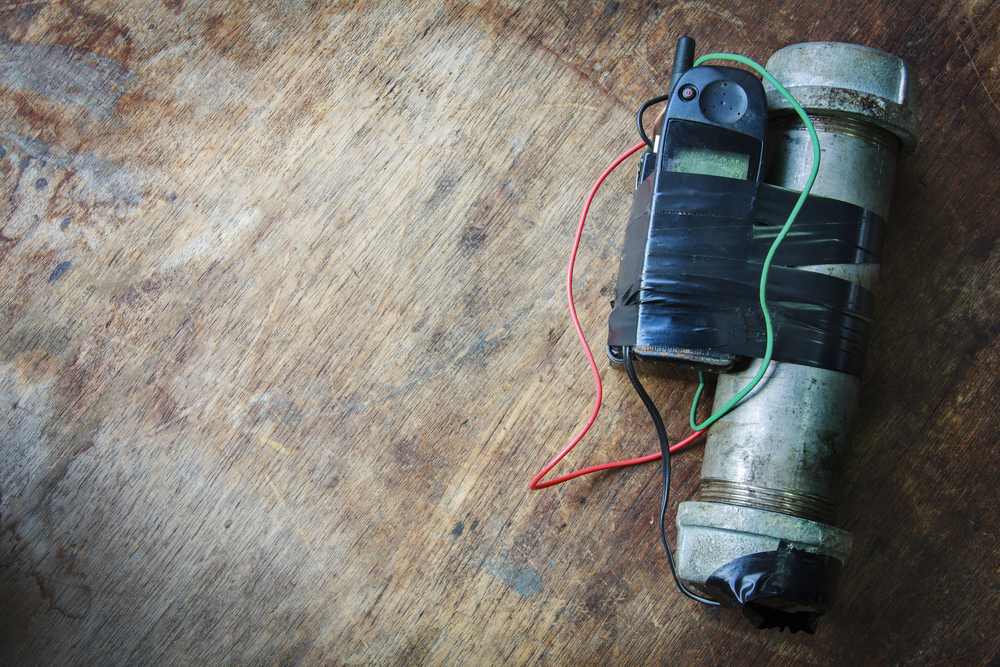
Researchers at the University of Delaware have been awarded a five-year grant by the Army Research Office to develop technology that will enable soldiers to detect improvised explosive devices (IEDs) from a distance.
The $1 million grant will help researchers develop an augmented reality system that utilizes cameras, thermal infrared sensing and ground penetrating radar to identify IEDs hidden in bushes, buried underground or hidden inside of something from up to 30 meters away.
“With infrared, you can see and understand more than you would with just visible light,” said Chandra Kambhamettu, a professor of computer and information sciences and director of the University of Delaware’s Video/Image Modeling and Synthesis Lab. “Then, with radar, you can see objects that differ from their surroundings, buried up to 3-5 inches.”
In 2015, landmines, IEDs, and homemade bombs injured 6,461 people across the world, killing at least 1,672, the International Campaign to Ban Landmines and Cluster Munition Coalition reports.
The IED detection system will use a traditional camera to gather visible light and infrared cameras to detect heat at night or in other low-visibility situations. A radar system will scan the environment with radio waves.
“Some objects that are completely invisible to traditional cameras are easily spotted by the thermal cameras,” Philip Saponaro, a postdoctoral fellow at the University of Delaware, said.
The goal, Saponaro added, is to gather data that can be fed into a computer algorithm to determine whether or not an IED is present.
Kathy McCoy, the chair of the Department of Computer and Information Sciences, said the researchers’ work could have “tremendous potential for significant positive impact.”
“This particular project that involves teaming up with the Army Research Lab and using a creative battery of vision techniques to find IEDs will enable detection that goes far beyond what is currently possible,” McCoy said. “The consequences to the safety of our soldiers is enormous.”
Kambhamettu noted that the device could have civilian applications as well. The blind or the elderly could potentially use it to detect obstacles in their paths.




